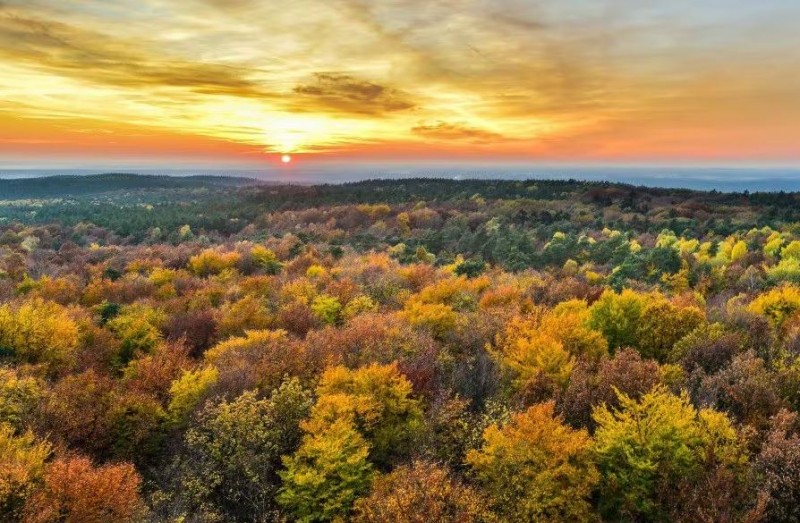
Environment: The Role of Forests in Climate Change Mitigation
Climate change is one of the most pressing issues facing our planet today. The rising temperatures, extreme weather events, and sea-level rise are all consequences of the increasing concentration of greenhouse gases in the atmosphere. While human activities such as burning fossil fuels are the primary drivers of climate change, natural systems like forests play a crucial role in mitigating its effects.
Forests are often referred to as the "lungs of the Earth" due to their ability to absorb carbon dioxide (CO2) from the atmosphere through the process of photosynthesis. The carbon captured by trees and other vegetation helps to regulate the global climate by reducing the concentration of greenhouse gases. Additionally, forests provide numerous other benefits, including biodiversity conservation, water cycle regulation, and soil protection.
One of the key contributions of forests to climate change mitigation is carbon sequestration. Trees act as carbon sinks by absorbing CO2 during photosynthesis and storing it in their trunks, branches, leaves, and roots. This process removes carbon from the atmosphere, reducing the greenhouse effect. Moreover, forests also sequester carbon in the soil, particularly in the form of organic matter. Peatlands and wetlands, which are types of forests, are especially effective at storing carbon.
However, deforestation poses a significant threat to the role of forests in climate change mitigation. When forests are cut down or burned, the stored carbon is released back into the atmosphere as CO2, contributing to the greenhouse effect. Deforestation also leads to biodiversity loss, as many species depend on forests for their habitats. Additionally, forests play a crucial role in regulating the water cycle and preventing soil erosion, so their loss can have far-reaching environmental consequences.
To ensure the continued role of forests in climate change mitigation, sustainable forest management practices are crucial. Reforestation and afforestation initiatives aim to restore and expand forest cover, increasing carbon sequestration potential. Reducing emissions from deforestation and forest degradation (REDD+) programs provide financial incentives to countries to protect their forests and reduce greenhouse gas emissions. Forest conservation and restoration efforts also focus on preserving and restoring degraded forests to maximize their carbon storage capacity.
Protecting forests not only helps combat climate change but also provides numerous co-benefits. Forests act as natural water filters, protecting watersheds and ensuring clean water supply. They provide habitat for countless species and support biodiversity conservation. Forests are also home to many indigenous communities, and their preservation is essential for safeguarding their rights and cultures. Furthermore, forests can be a valuable asset for ecotourism, attracting visitors and generating economic benefits for local communities.
Internationally, there have been concerted efforts to address the role of forests in climate change mitigation. The Paris Agreement, signed by nearly all countries, aims to limit global warming to well below 2 degrees Celsius and emphasizes the role of forests in achieving this target. The United Nations Framework Convention on Climate Change (UNFCCC) provides a platform for international cooperation and policy development related to climate change. Additionally, REDD+ programs provide financial incentives for developing countries to reduce deforestation and invest in sustainable forest management.
In conclusion, forests play a critical role in mitigating climate change. By acting as carbon sinks, they absorb and store carbon dioxide, reducing greenhouse gas concentrations. However, deforestation poses a significant threat to this role. It is essential to implement sustainable forest management practices, protect forests, and promote initiatives that restore degraded forests. By doing so, we can harness the full potential of forests in combating climate change while enjoying the multiple co-benefits they provide.
Environment: The Impact of Plastic Pollution on Marine Life
Science: The Fascinating World of Epigenetics: How Our Genes Can Change
Science Fiction: Dystopian Novels and Their Reflection of Societal Issues